Discover Katowice and Silesia Region
KATOWICE – European City of Science 2024
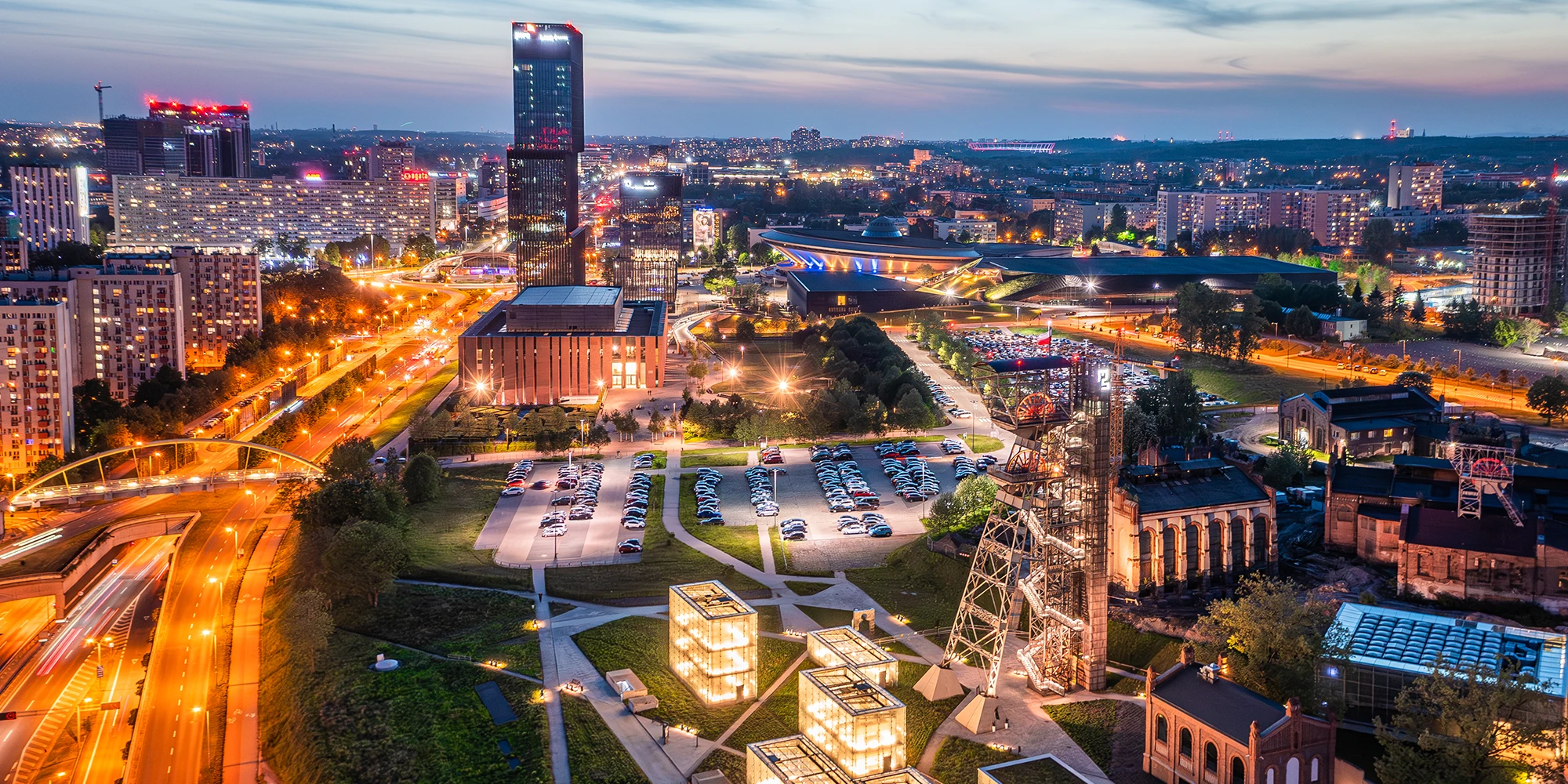
KATOWICE has been announced the European City of Science 2024 (ECSK 2024). This prestigious title is awarded by EuroScience (European Association for the Advancement of Science and Technology) in cooperation with the European Commission.
The title has been awarded thanks to the efforts of the City of Katowice and seven public universities forming the Academic Consortium Katowice City of Science. It would not be possible without the Silesian Science Festival KATOWICE – one of the largest European popular science events and a significant platform of cooperation to the benefit of citizen science.
The most important goal of ECSK 2024 is to initiate the transformation of the region through education, provide its residents with unlimited access to knowledge and turn it into a fundamental instrument of civil dialogue. ECSK 2024 will allow us to show the richness of Silesian science in the European research arena and enable the region’s inhabitants to get to know it better.
Without science we will not change the quality and way of life in Silesia. It is a natural good, more important for the future of the inhabitants than fossil fuels or the related industries. In the City of Science, we can turn it into a new industry. Our goal is to make it clear in the Silesian Voivodeship that science is used for solving daily problems and that it can provide us with answers to almost every question.
The Queen Louise Adit
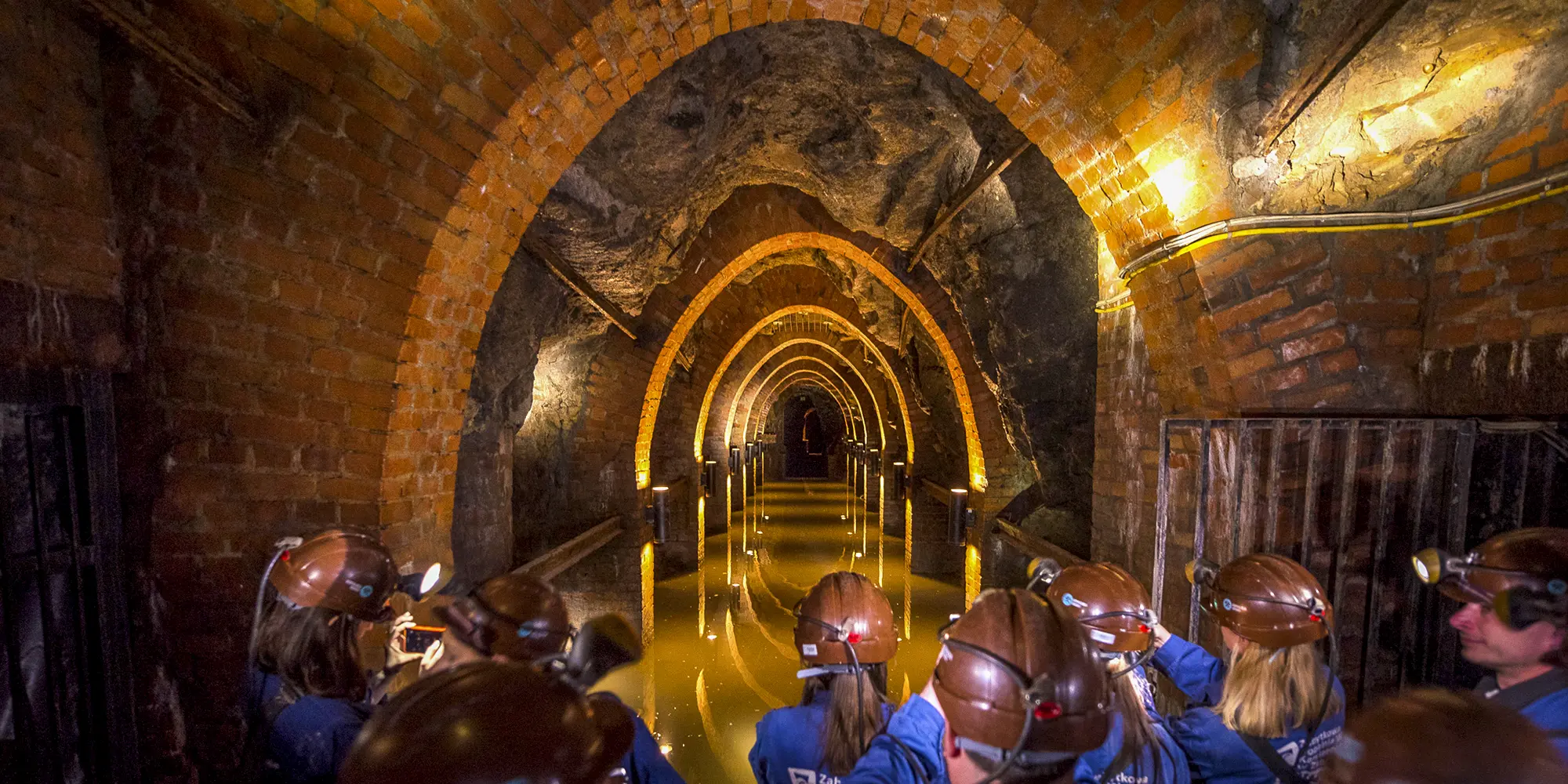
The tour covers the excavations of two historical structures – the Queen Louise Mine and the Main Key Hereditary Adit – connecting Zabrze and Chorzów, which used to be excavated almost exclusively with the use of human muscles for 64 years. The adit is 14 km long and is the longest in Europe. It is the Europe’s only underground tourist route presenting the development of mining technology from the late 18th century to the present day.
The Culture Zone and Silesian Museum

It is a unique museum complex in Poland, located mostly underground, established on the premises of the former “Katowice” mine. It is a model example of creative transformation of post-industrial sites for cultural and tourism purposes.
The Silesian Museum’s unique attraction is the 40-metre high observation tower of the former mineshaft.
The Silesian Park, the green heart of the metropolis
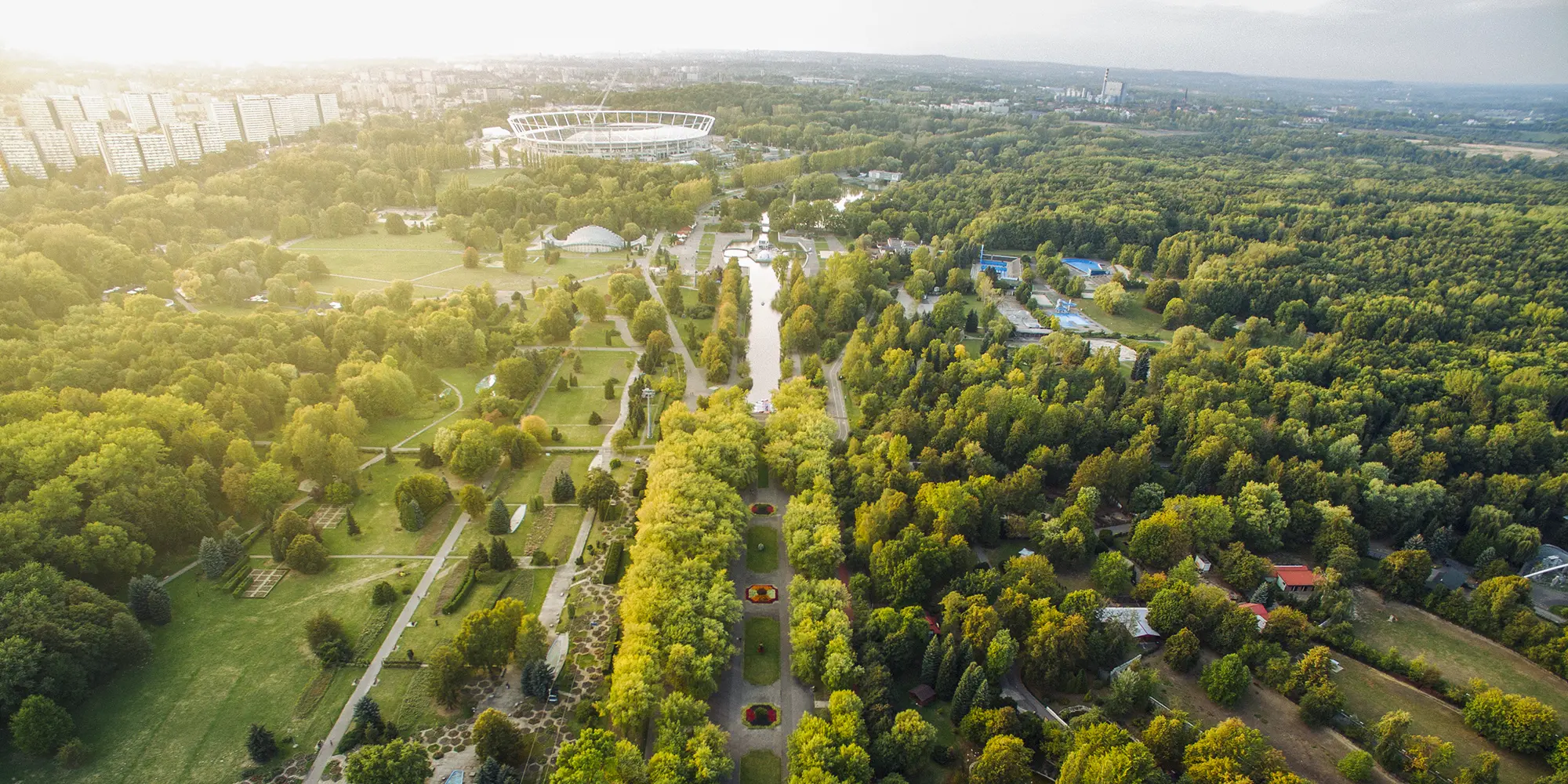
A true gem among the urban green oases is the 600-hectare Silesian Park in Chorzów. Poland’s largest city park and one of the largest city parks in Europe. To make the visitor’s stay even more comfortable, there is an aboveground cable car „Elka”. Of the Park’s numerous attractions, there are five that are most attractive to visitors.
- The Silesian Planetarium is Poland’s biggest planetarium and astronomical observatory
- The Silesian Zoological Garden
- The Museum “Upper Silesian Ethnographic Park in Chorzów”
- Silesian Amusement Park “Legendia”
The Silesian Beskids
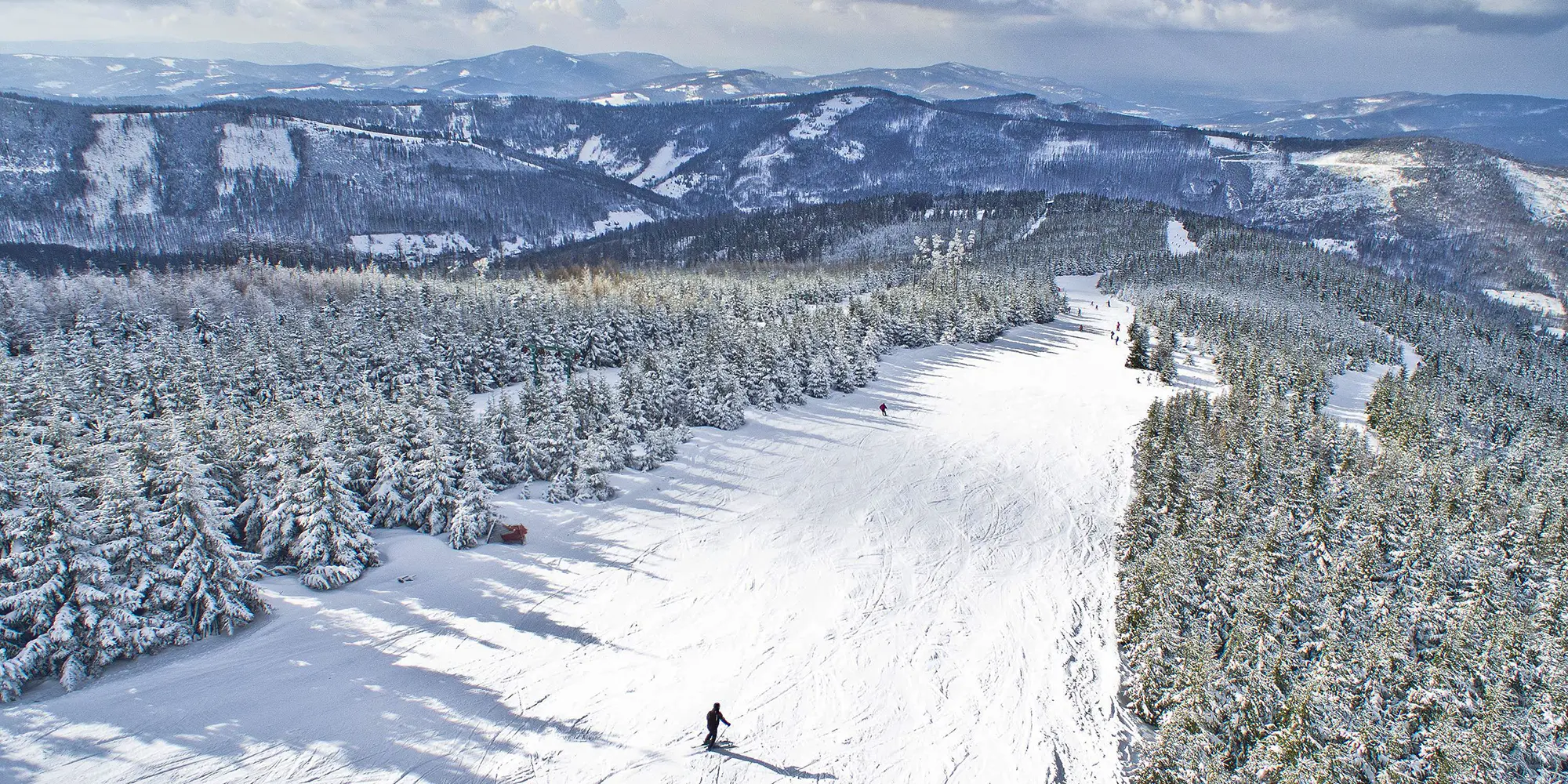
The Southern part of the Silesian Province is covered by the Beskids. They cover three mountain ranges: Silesian Beskids, Żywiec Beskids, and the western part of Little Beskids. The Silesian Beskids are one of the most beautiful and popular mountain ranges in Poland.
These are exellent places for active tourists. From spring to autumn, tourists can explore marked hiking trails or Nordic walking trails, enjoy biking or horseback riding, and in winter they can indulge in a passion for skiing on numerous ski and cross-country trails.
The Ogrodzieniec Castle

It is the biggest and most popular castle among all the castles of the Cracow-Częstochowa Upland, and one of Poland’s most beautiful castles. It is located on the Trail of the Eagle’s Nests. The castle’s impressive ruins also serve as an open-air venue for various cultural events, as well as a setting for movies and music videos.
The Castle Museum in Pszczyna
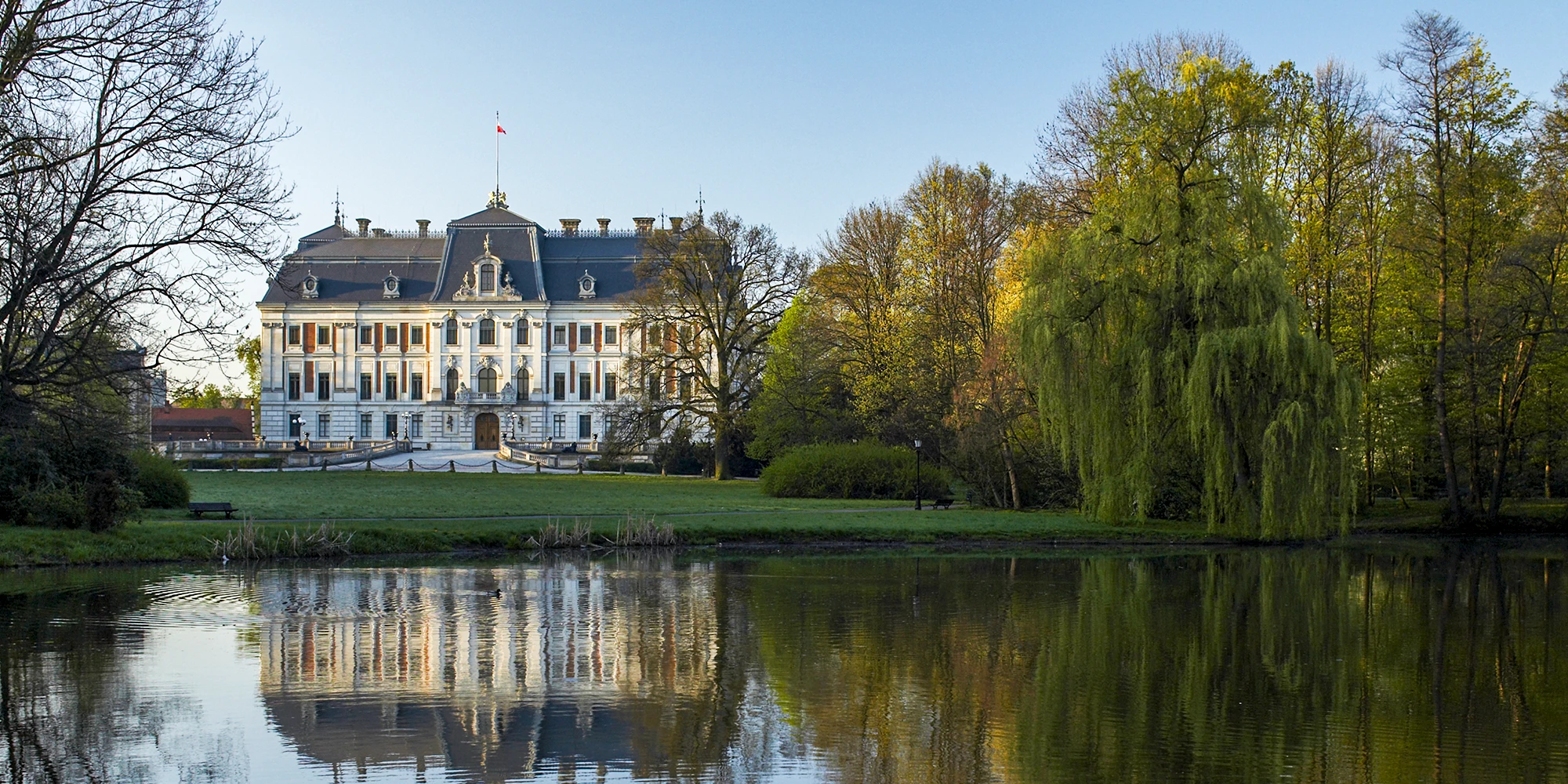
The Castle Museum in Pszczyna is an exemplar of residences erected and formerly inhabited by European aristocracy, who had influenced the history of the Land of Pless and Silesia, as well as events in Polish and European past. Approximately 80 percent of original furnishings from the turn of the 19th and 20th century have been preserved. The Castle’s historical interiors were meticulously restored to photographs taken around the year 1915 and local inventories; for that effort, the Museum received a prestigious award presented by the non-governmental organisation Europa Nostra. Furthermore, the institution is a cultural centre significant to the region, in science and music in particular. The Castle in Pszczyna, historical Princely Stables complex and Promnice Hunting Lodge are a noteworthy feature on the cultural map of world and national heritage.